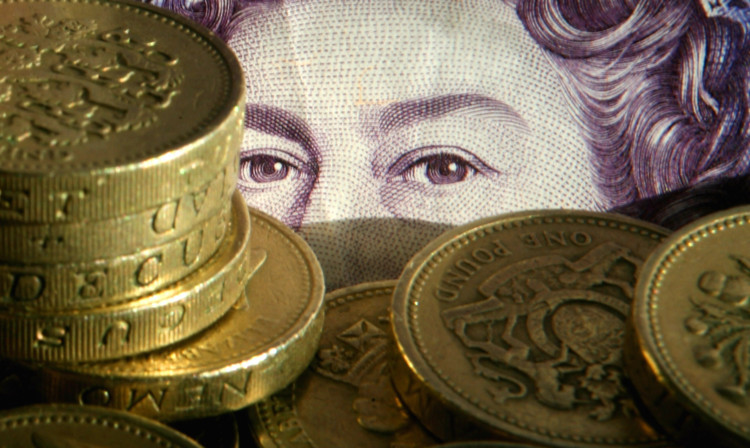
Pension changes will have a major impact on most workers.
If you are on a defined contribution pension, as most people with a workplace pension are, the new rules on pensions announced by the Chancellor mean huge changes ahead.
George Osborne has said he’s getting rid of the requirement to buy an annuity entirely.
Instead, retirees will be able to take the lump sum as cash and organise their own spending.
Until now anyone reaching retirement has had to take a limited part of their pension pot as a lump sum and use the rest to buy an annuity.
An annuity is a financial product which gives you an income for life.
The trouble is that the rate they pay is fixed when you buy them, and with interest rates low, many have been getting a raw deal.
What he announced:
All tax restrictions on pensioners’ access to their pension pots to be removed, ending the requirement to buy an annuity
The taxable part of pension pot that is taken as cash on retirement is to be charged at normal income tax rate, down from 55%
The amount of pensions savings you can take as a lump sum without paying tax increases to £30,000
Although annuities will still be available, from next January Pensioner Bonds paying “market-leading” rates will be available to the over-65s.
The chancellor suggested that these might pay rates of 2.8% for one-year bond and 4% for three-year bond, with up to £10,000 to be saved in each bond
With increasing numbers of us living longer, the problem of how to fund retirement has become a major problem for Government as well as individuals.
While auto-enrolment has steadily been increasing, the number of people paying into workplace pensions, it has done nothing to address the problem of what happens to that pension pot when we retire.
Annuity rates have fallen by a half over the last fifteen years, leading to increasingly loud calls for reform.
Figures like former Government pensions adviser Dr Ros Altmann have been lobbying hard for the changes being brought in by George Osborne.
She hailed the news as `amazing’.
She commented: “There are so many good news aspects for pension savings in this Budget that it is hard to know what to pick out. The overall message is, pension savings are going to be more flexible at the point of retirement. You will be able to save more into pensions knowing that there will be less restriction on what you can do with the money.
“Nobody needs to buy an annuity and before you do, you’ll have to get face to face advice.”
Although there’s a risk that some people will take their money in a lump sum in the first year or two and blow it, the Government has played this down.
Speaking just after the Budget, Danny Alexander, Chief Secretary to the Treasury, suggested that people responsible enough to save for retirement were also responsible enough to organise their finances in retirement.

Enjoy the convenience of having The Sunday Post delivered as a digital ePaper straight to your smartphone, tablet or computer.
Subscribe for only £5.49 a month and enjoy all the benefits of the printed paper as a digital replica.
Subscribe